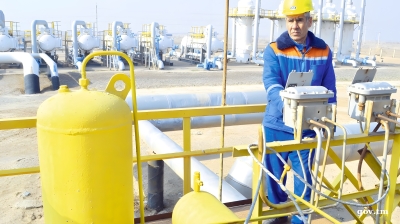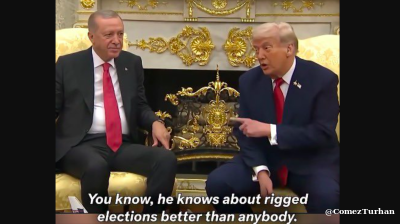Israel launched an extensive aerial attack on Iran in the early hours of June 13, striking multiple locations across Tehran and other key cities, in what it described as a pre-emptive operation against military and nuclear infrastructure. The strikes mark a dangerous new phase in the long-simmering confrontation between the two states.
Tehran confirmed that several senior military officials and nuclear scientists were killed. Major General Hossein Salami, commander-in-chief of the Islamic Revolutionary Guard Corps (IRGC), was among those killed when Israeli munitions hit the general staff command compound, Tasnim reported. Also confirmed dead were Mohammad Mehdi Tehranchi, president of Islamic Azad University and a nuclear physicist, and former atomic energy chief Fereydoon Abbasi. General Mohammad Bagheri, Iran’s top military commander, also died in the attacks. Unconfirmed reports suggested Rear Admiral Ali Shamkhani, a key figure in Iran’s national security apparatus, may have been targeted.
Despite the early morning chaos, many parts of Tehran remained calm during the day. Businesses opened as usual and traffic was moderate, although petrol stations had seen heavy congestion the previous night. A sense of disbelief was prevalent among residents. “We always thought this was just rhetoric, but now we’ve seen it happen,” said a citizen.
The immediate financial impact was severe. The Iranian rial slumped to a multi-month low, with the US dollar exceeding IRR950,000 in unofficial markets. With inflation already elevated, citizens expressed concern that the situation could trigger further economic instability.
Officials in Tehran were quick to vow retribution. The Ministry of Defence said Iran’s armed forces, “guided by the Supreme Commander and supported by the people, stand ready to deliver a harsh and exemplary response. Israel will pay dearly for this crime.”
Foreign ministry officials declared the attack a clear violation of international law and the UN Charter. Abbas Araghchi, Deputy Foreign Minister, stated that Tehran reserved the right to retaliate under Article 51 of the UN Charter, describing the strike as an “illegal act of aggression”. He added that the assault could not have taken place without “US coordination or approval” and warned Washington would bear responsibility for any consequences.
Iran’s envoy to the United Nations, Saeed Iravani, criticised what he called the West’s “continued disregard for international humanitarian law” and condemned US support for Israeli policies. He urged the Security Council to take action and reiterated that Israel must adhere to ceasefire agreements and international resolutions.
Public reaction divided between fear and defiance
Citizens and commentators on Iranian social media voiced a mixture of concern and resolve. Some called for restraint ahead of planned diplomatic meetings on Sunday, viewing them as a potential de-escalation path. Others, particularly among hardline users, urged Tehran to reject negotiations and deliver a forceful response.
Saudi Arabia issued an official condemnation of the Israeli strikes, calling the action “a grave violation of international norms” and warning of the risks posed to broader stability.
Israeli Prime Minister Benjamin Netanyahu described the assault as part of Operation “A Nation Like a Lion”, claiming the targets were nuclear-linked. “We are in a decisive moment in our history,” he said. “Iran still has the ability to strike, but we are prepared. I ask the public to fully cooperate in the coming days.”
Meanwhile, US Secretary of State Marco Rubio insisted that the US was not involved in the strikes and that Washington’s “top priority is protecting American forces deployed across the Middle East”.
Thursday’s attack represents a watershed moment. The shift from covert operations to direct strikes on military command centres and high-profile individuals carries serious implications for future conflict dynamics. Iranian military planners now face the challenge of delivering a measured but forceful response that avoids spiralling into an uncontrollable confrontation.
The balance between retaliation and escalation will shape Iran’s next steps – and potentially redefine power calculations in the Middle East for months to come.
News

Russia floats missile supplies to Maduro as US pressure mounts
A prominent Russian lawmaker has suggested that Moscow could supply Venezuela with advanced weapons systems, including the new Oreshnik ballistic missile, as Caracas desperately seeks military assistance amid the escalating US military build-up.

Guinea’s Doumbouya enters presidential race with major opposition parties excluded
Guinea’s junta leader Mamadi Doumbouya has entered the December 28 presidential race under a new constitution that allows members of the transition government to stand and extends presidential terms.

Russia closing the trap as its forces expand control of Pokrovsk
The stronghold city of Pokrovsk in the heart of the Donbas now risks “becoming a graveyard for Ukraine’s finest,” Euromaidan Press reports as Russian forces expand their control and threaten to encircle hundreds of Ukraine’s best troops.

Czech election winner Babiš signs coalition agreement with SPD and Motorists
ANO and its partners are poised to form the most rightwing cabinet in the country’s history.




